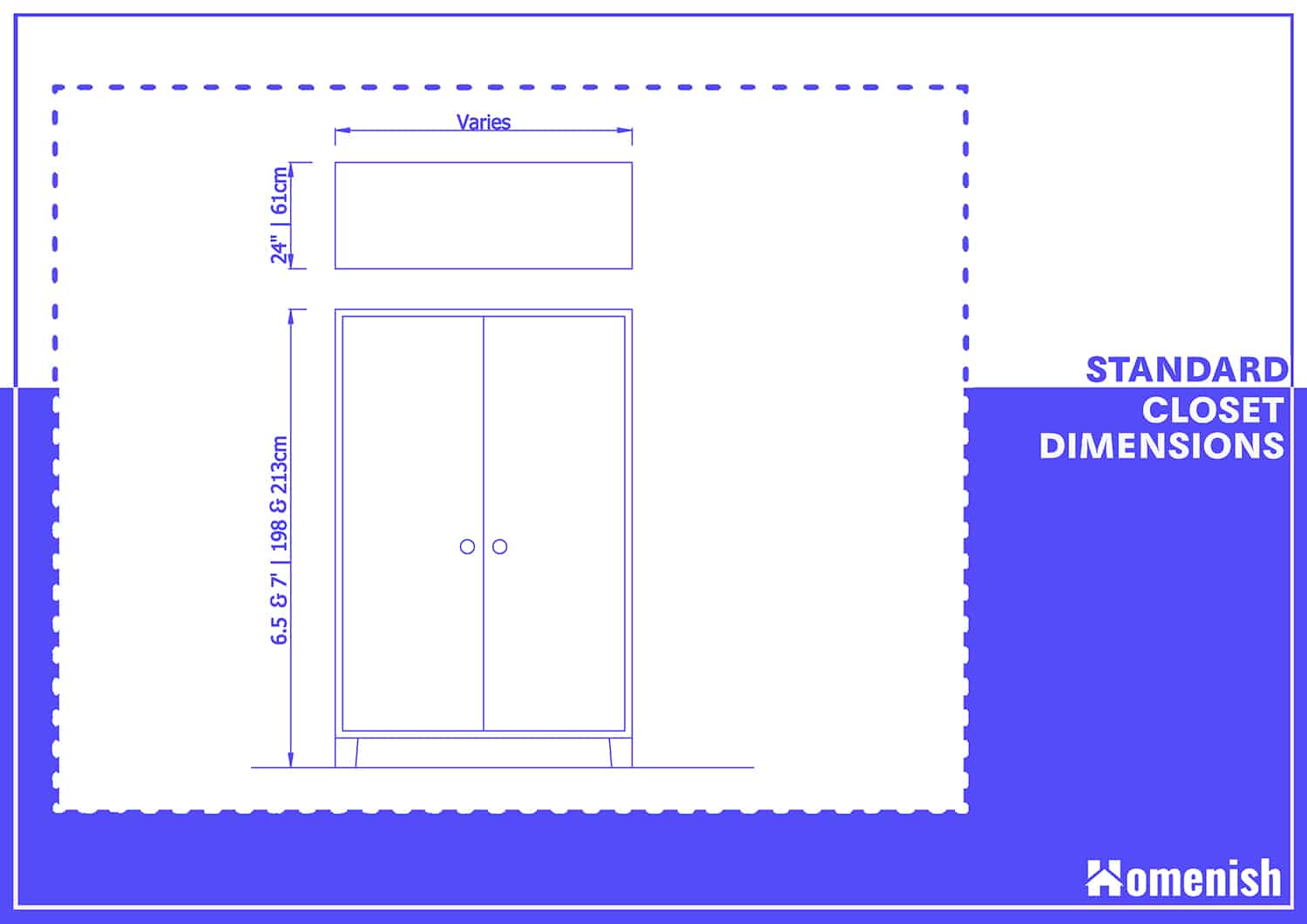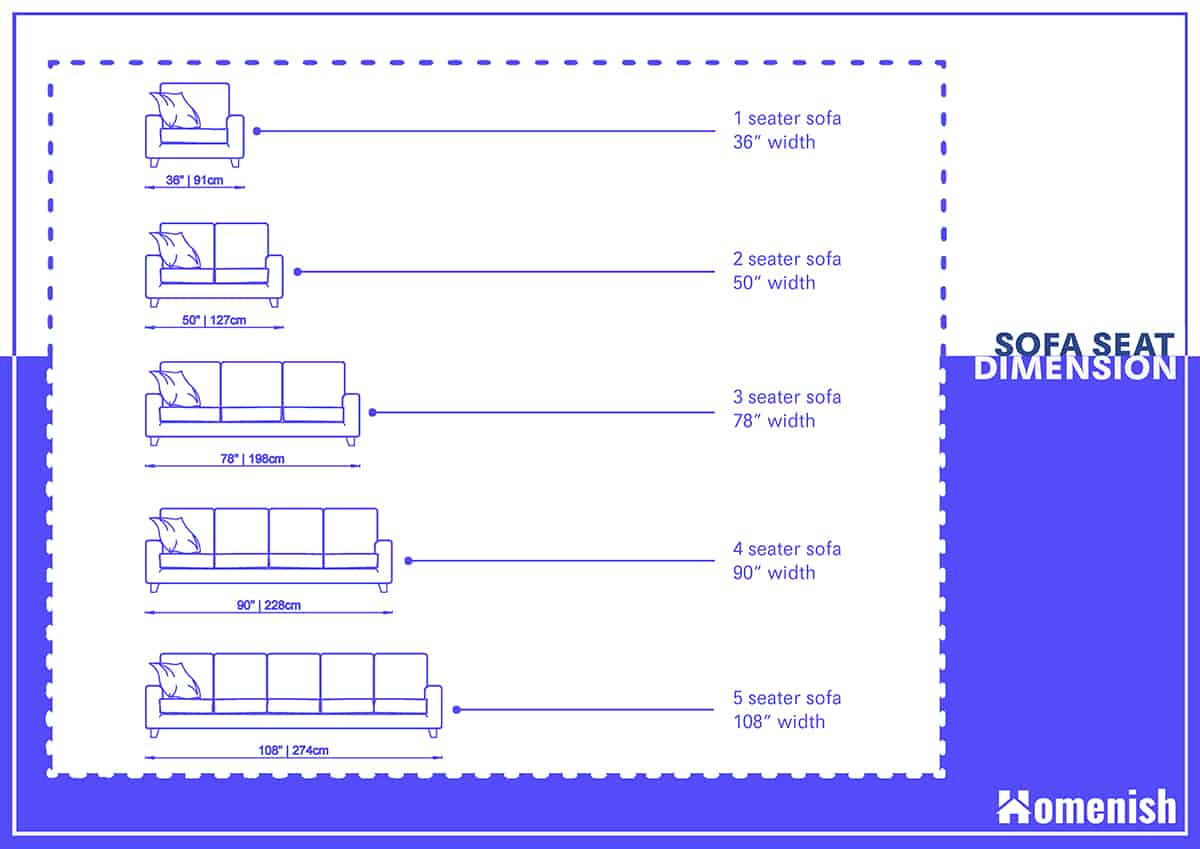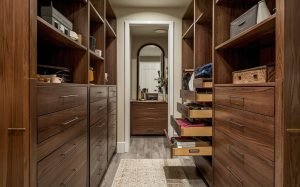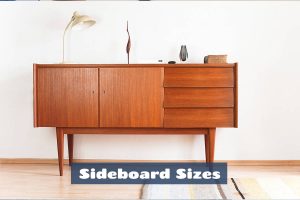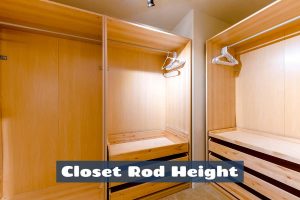Understanding the average dimensions of common furniture items can help when it comes to designing floor plans for rooms and planning the layout of a space.
Having a grasp on typical furniture dimensions can also be helpful when buying furniture so you can compare measurements to see if the item you are considering is unreasonably small or oversized compared to standard furniture dimensions.
Here we explore the dimensions of common furniture items and explain how furniture is measured so you can make the best decisions when furnishing your home.
Measurement Order for Furniture
Before you ask the question, ‘How is furniture measured?’ you first need to understand the measurement order for furniture. When shopping online for furniture, many pieces will have their dimensions listed as numbers without defining what each number relates to.
For example, you might see a piece of living room furniture with the measurements 80″ x 20″ x 40″ and be wondering which number refers to which part of the furniture. The standard measurement order for furniture is length by width by height. This means in the example mentioned above, the furniture would be 80 inches in length, 20 inches in width, and 40 inches in height.
Standard Closet Dimensions
Height
The height of a closet can vary because different homes have varying ceiling heights, and the closet needs to work with this. Generally, standard closet furniture comes in two standard sizes, which are six and a half feet tall and seven feet tall.
If you want to maximize your storage space in your closet and your ceiling height has enough clearance, then you should opt for the taller height. You may need a ladder or chair to be able to access items stored on the top shelf of a closet this tall, but it’s great for storing lesser-used belongings that you won’t need to get out very frequently.
Width
The width of a closet can be almost any size you wish. This is the most variable dimension when it comes to closets, with narrow closets being available in widths as small as two feet and larger closets having an almost limitless width measurement.
Some people will choose modular furniture, which consists of numerous closet frames lined up next to each other in a row to give the impression of a custom-made closet covering an entire wall.
Depth
The depths of a closet are more standard because the depth needs to accommodate clothes hangers while also not being so deep that you can’t reach your arm in to grab your clothing. 24 inches is the standard depth of closets that are designed to hold regular clothing.
Closets intended for more bulky items, like coats, can have a depth of 26 inches to accommodate the extra fabric and padding. If you are working with a small room and want to maximize floor space, then you can get closets with a depth measurement of 22 inches, but this is the absolute minimum depth as any smaller, and you won’t be able to fit standard-sized hangers into the closet.
Standard Dining Chair Dimensions
Height
The full height of a dining chair will vary depending on whether you opt for a low-backed or high-backed chair; however, the seat height will be more consistent.
Typically the seat of a dining chair will have a height dimension of between 18 and 20 inches. This works for people of most heights, allowing you to bend your knees at a comfortable angle and still be able to reach your feet to the floor. It also allows enough space between the seat and tabletop for the legs to fit without getting squashed.
Taller people will want to find a dining chair with a seat height at the higher end of the range to improve comfort levels. If a dining chair has armrests, then the height of these will be between seven and nine inches above the seat, ensuring you can comfortably position your elbows and lower arms while still allowing the chair to be able to tuck under the tabletop when not in use.
Width
Dining chairs most commonly have a smaller width at the back of the seat, where it meets with the backrest, and a larger width at the front, where the knees bend. This allows you to open your legs slightly in a natural seating position and for your thighs to be supported.
On average, the width at the back of a dining chair seat will be between 15 and 16 inches, and the front of the seat will have a width of up to 18 inches. This allows the seated person to have adequate space while ensuring that multiple seats can fit around the table.
Depth
Most dining chairs have a seat depth of 16 to 18 inches. This is in line with the average body measurements of people, allowing users to sit comfortably at the back of the chair and have their knees bent over the edge of the seat.
Standard Bar Stool Dimensions
Height
Bar stools or breakfast bars typically come in two standard sizes because bar heights come in two sizes. Regular bars, such as those you would find in a restaurant, have a height of 42 inches, and the bar chairs which should be used with these bars have a standard seat height of 30 inches.
The general rule is that the seat of a bar stool should be between 10 and 15 inches underneath the top surface of the bar, so any stools with a seat height of between 27 inches and 32 inches would work fine.
At home, breakfast bars and countertop surfaces in kitchens have a standard height measurement of 36 inches, so a bar stool with a seat height of 24 inches is standard, though any bar stool with a seat height of between 21 and 26 inches will be appropriate.
In order to be compatible with different bar heights and suit the different comfort requirements of different sizes of people, many barstools have an adjustable height.
Width
The width of a bar stool seat is much the same as that of a dining chair because it is designed to fit the same body parts on it in a seated position.
Therefore the width of a bar stool seat can vary between 15 and 18 inches, with the largest measurement usually being towards the front of the seat to accommodate legs being in a slightly open position.
Depth
The depth of the seat on a bar stool may be smaller than that of a dining chair because it might have to fit underneath a narrow bar. The seated position that people occupy on a bar stool also differs compared to when sitting on a dining chair, as they take more of a hovering rather than a lounging position.
You might naturally sit leaning forwards on a bar stool with your elbows resting on the bar and your feet perched on the footrest. This position means the legs require less support, and therefore the seat doesn’t need to be as deep. For this reason, the seat depth on a bar stool is usually between 12 and 16 inches.
Standard Sofa Dimensions
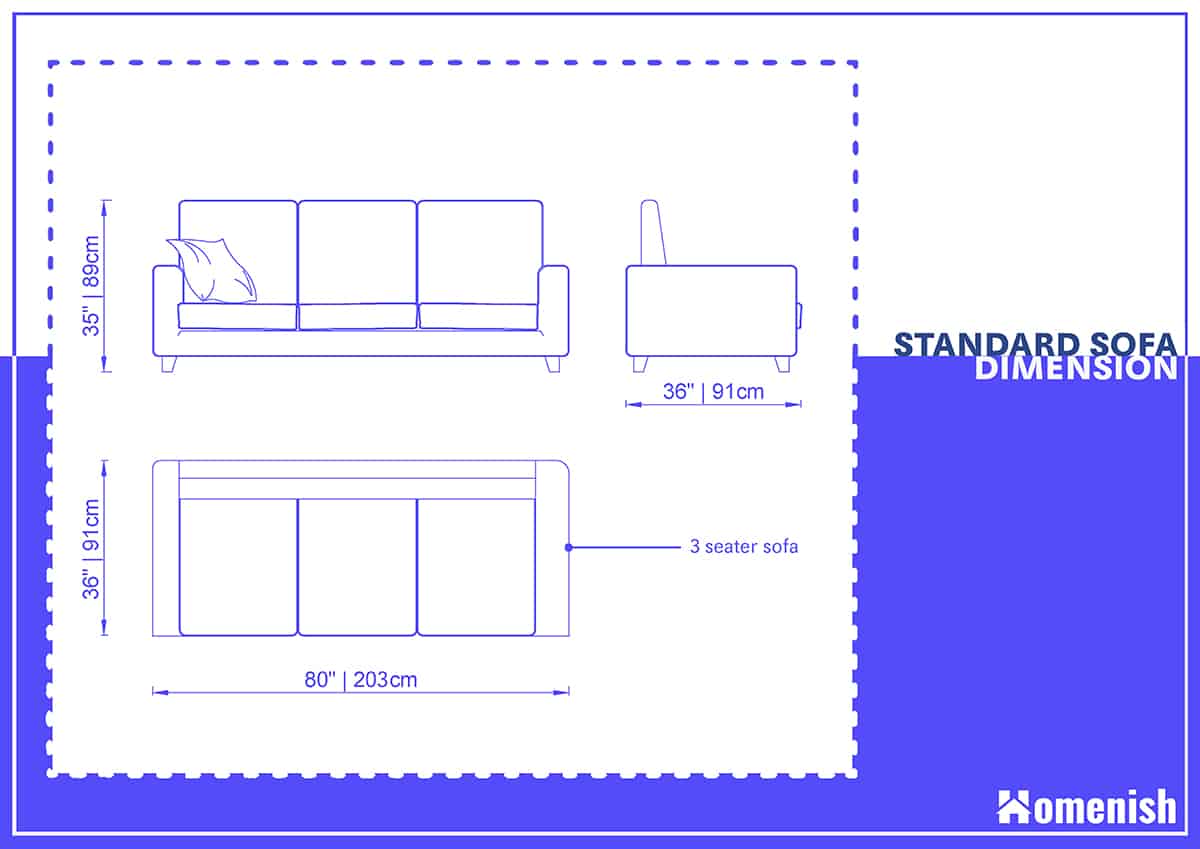
Height
The height of these common living room furniture pieces varies between 24 and 34 inches. If you have a low ceiling or a standard ceiling height, then a sofa with a lower back will look more appropriate, while a room with a higher ceiling works best with a high-backed sofa to help balance out the proportions.
The height of the back of the sofa will also affect the comfort of the person using it. If you like to lay your head back, you’ll want a high-backed sofa that can support your neck, and your height should also be taken into consideration so that the whole of your back is supported.
The height of the seat cushions on a sofa will also be important for comfort. On average, the height of the seat measured from the living room floor to the top surface of the seat cushion is 17 inches, though this can vary between 15 and 20 inches to suit different styles and the different heights of users.
Your sofa seat height should allow your feet to reach the floor with your knees at a 90-degree angle. Your legs should not be dangling, nor should your knees be pointing in an upward direction.
Width
The width of a sofa will vary depending on the type and style. On average, a loveseat sofa will have a width of 50 – 63 inches, and a three-seater sofa will have a width of 68 – 80 inches.
Four-seater sofas will have an average width of 90 – 117 inches and five-seaters a whopping 108 – 144 inches. These are average figures and can vary depending on the style of the sofa. For example, if you opt for chunky armrests, then the sofa will have a wider measurement compared to one with narrow armrests.
Depth
The depth measurement of a sofa seat is probably the most important when it comes to your comfort, and it needs to work in accordance with the height of the user. When sitting on a sofa, your knees should be bent at a 90-degree angle, with your feet flat on the floor and your thighs fully in contact with the seat.
For people of average height, the most comfortable sofa seat depth will be between 21 and 22 inches, while taller people should look for custom-sized furniture– for example, a sofa with a seat depth of between 23 and 25 inches.
The full-depth measurement of the sofa will also take into account the depth of the backrest cushions and the back frame of the sofa, taking the average total depth measurement to around 36 inches, depending on the style of the sofa.

